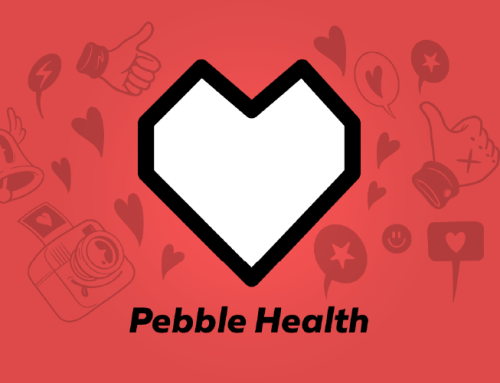Recent articles in Forbes and MIT Technology Review suggest that doctors have little use for the data that is collected by fitness wearables. In a system where physicians are already overburdened, some think that adding more data to the equation will not be useful. Having tools for doctors to analyze and interpret that data is key, and these tools are what Vivametrica has researched, developed and provides as products and services.
Tools for Doctors
According to Statista, patients in the United States visit the doctor 4.1 times per year, in Canada the average is 7.4 times per year. One study found the median visit length to be 15.7 minutes. With a large patient burden, and short appointment times, bringing an extensive log of your daily step-count to your doctor’s office would not be the best use of time.
That is, wearable data in itself has little inherent value. Analytics as tools for doctors and allied health professionals are required to standardize, interpret, and gain insight from these metrics. With such a protracted snapshot of patients, wearable device data also provides the potential for a longitudinal view of the patient’s life beyond the 15 minutes allotted for each visit.
Developed by Clinicians and Researchers
Vivametrica’s team of data scientists have developed algorithms to analyze wearable device data. Based on years of clinical research our founders have extensive understanding of physical activity, chronic disease and pain. Recognizing the need for valid analytics for wearables in health and wellness, Vivametrica was conceived. Our products can give an overall picture of health that is personalized for each individual and benchmarked to large population data sets for goal setting and preventative health interventions.
Vivametrica is able to take data such as step-count, BMI, age and gender for each individual and predict current risk for specific chronic diseases that can be managed through physical activity. Tools such as our “What-if” scenario manager allow the user to see how their individual health status will change by modifying activity and/or BMI. With these tools, patients and health providers are able to translate data into insight, which is a lot more useful than simply counting steps.







From tracking physical activity and sleep patterns to the future of tracking biometrics data such as heart rate and respiration, wearable devices have the ability to aid medical condition management—beyond just weight loss—and drastically improve patient engagement for better outcomes across all measures.